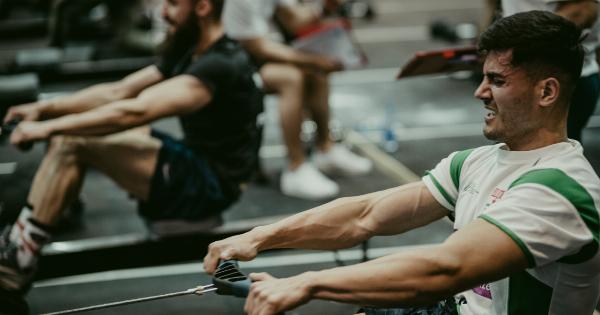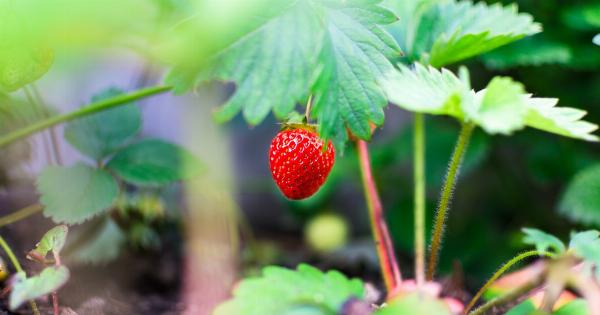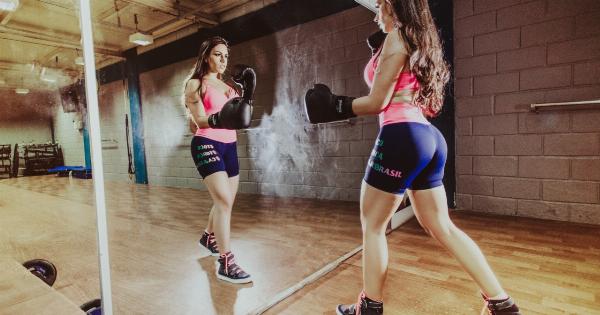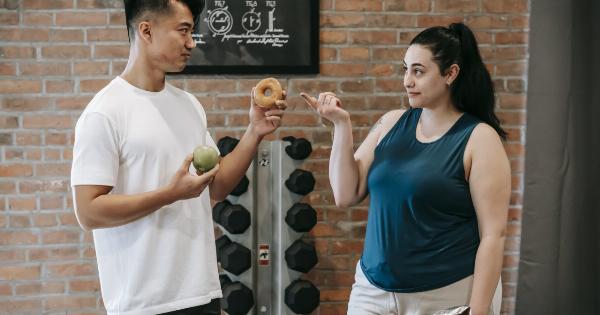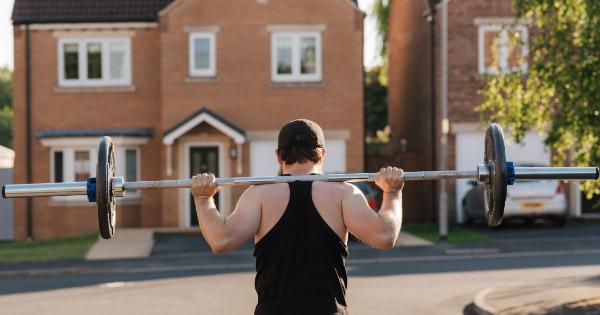When it comes to bodybuilding, understanding your body type is crucial for achieving optimal results.
Two common body types often discussed are the “apple” and “pear.” These terms refer to how fat tends to distribute itself across the body. In this article, we will delve into the science behind apple and pear body types, the unique challenges they present, and strategies to maximize muscle growth and transformation.
The Apple Body Type
The apple body type is characterized by excess weight accumulation in the midsection, particularly the abdomen and upper body. People with apple-shaped bodies tend to have larger waistlines, bigger busts, and less-defined waists.
This body type is more common in men, but women can also exhibit apple-like characteristics.
The main reason behind the apple body shape is the distribution of fat. Research suggests that apple-shaped individuals have higher levels of visceral fat, which surrounds organs and poses greater health risks.
Visceral fat is metabolically active and releases hormones that can lead to insulin resistance, inflammation, and cardiovascular problems.
Moreover, individuals with apple body types may have a harder time building and maintaining muscle mass due to higher levels of inflammatory markers associated with visceral fat.
These markers can interfere with muscle protein synthesis and impair muscle growth.
The Pear Body Type
In contrast to the apple body type, individuals with a pear body shape tend to have excess weight stored in the lower body, especially in the hips, thighs, and buttocks.
Pear-shaped bodies have smaller waistlines and wider hips, giving them a more defined waist-to-hip ratio. This body type is more commonly observed in women.
Compared to apple-shaped individuals, pears typically have a higher proportion of subcutaneous fat, which lies just beneath the skin. While subcutaneous fat can still be metabolically active, it is generally considered less harmful than visceral fat.
However, it is important to note that even subcutaneous fat can contribute to health issues if excessive.
On the upside, pear body types may have an advantage when it comes to building muscle mass. Research suggests that lower-body fat storage is associated with better insulin sensitivity, which can promote muscle growth.
Additionally, the estrogen hormone, more prevalent in women with pear-shaped bodies, plays a role in enhancing muscle repair and recovery.
Training and Nutrition Strategies for Apple and Pear Body Types
Now that we understand the characteristics of apple and pear body types, let’s explore some training and nutrition strategies tailored to each.
Training for Apple Body Types
For individuals with apple body types, a combination of strength training and cardio exercises is crucial. Here are some training tips:.
- Focus on compound exercises: Compound exercises engage multiple muscle groups simultaneously, promoting overall muscle growth and fat loss. Examples include squats, deadlifts, bench presses, and overhead presses.
- Include high-intensity interval training (HIIT): HIIT workouts involve alternating between periods of intense exercise and brief recovery periods. This approach is effective for burning fat, including visceral fat.
- Incorporate resistance training: Adding resistance bands or weights to your workouts will help promote muscle growth and increase metabolism.
- Prioritize core strength exercises: Since apple-shaped individuals tend to accumulate fat in the midsection, strengthening the core is essential for enhancing stability and achieving a more defined waistline.
Nutrition Tips for Apple Body Types
When it comes to nutrition, apple body types should focus on:.
- Caloric deficit: To reduce overall body fat, creating a caloric deficit is necessary. This can be achieved through portion control and a balanced diet.
- Emphasize lean protein: Protein is essential for muscle repair and growth. Including lean sources such as chicken, fish, tofu, and legumes can support muscle development.
- Choose complex carbohydrates: Opt for whole grains, fruits, and vegetables, which provide sustained energy and essential nutrients.
- Healthy fats: While reducing overall fat intake is important, incorporating healthy fats like avocados, nuts, and olive oil can support overall health and hormone regulation.
Training for Pear Body Types
Pear body types can optimize their training by focusing on the following strategies:.
- Weight training for lower body: Incorporate exercises such as squats, lunges, hip thrusts, and leg presses to target and sculpt the lower body.
- Include resistance training: Resistance bands and weights can help build lean muscle mass and boost metabolism.
- Add explosive movements: Incorporating explosive movements like box jumps or plyometric exercises can further enhance lower body strength and power.
- Include upper body exercises: While the primary focus is the lower body, incorporating upper body exercises will ensure a balanced physique and overall strength.
Nutrition Tips for Pear Body Types
Pear body types should consider the following nutrition strategies:.
- Consume a balanced diet: Prioritize a well-rounded and nutritious diet that includes all essential macronutrients and micronutrients.
- Lean protein sources: Include lean protein options like chicken, turkey, fish, Greek yogurt, and legumes to support muscle growth and repair.
- Complex carbohydrates: Opt for whole grains, fruits, and vegetables to provide sustained energy for workouts and overall health.
- Moderate healthy fats: While incorporating healthy fats like avocados, nuts, and seeds, moderation is key to avoid excessive calorie intake.
Conclusion
Understanding your body type, whether apple or pear, can aid your bodybuilding journey by tailoring training and nutrition to your unique needs.
For apple-shaped individuals, combining strength training, cardio, and core exercises is essential, along with maintaining a caloric deficit. Pear-shaped individuals should focus on lower body training, resistance exercises, and a well-balanced diet.
Remember, while body types may present certain challenges, consistency, patience, and a positive mindset will contribute to long-term success in bodybuilding.













